
The hamstrings are a group of leg muscles. They are located at the back of the upper leg and are quite frequently injured especially among athletes. In majority of cases the muscle called biceps femoris is injured.
All hamstring injuries are classified into three grades. Grade one includes mild strains with tear of only few muscle fibers. In grade two hamstring injuries, there is a moderate strain accompanied by a definite loss of strength. And finally, grade three hamstring injury represents a complete tear of the hamstrings.
Anatomy Data
Anatomically, the hamstrings include three muscles, the biceps femoris, semimembranous muscle and semitendinous muscle. All of them are connected to the ischial tuberosity. The short head of the biceps femoris is attached to the linea aspera of the distal posterior femur and together with its long head ends at the fibular head and lateral tibial condyle. The semitendinous muscle ends on the medial tibial metaphysis while semimembranous muscle inserts into the posteriomedial tibial condyle.
Sport Associated Hamstring Injury
This type of injury is frequent in contact sports such as football. In such case the injury results from contusions of the hamstring muscle.Superficial contusion develops due to impact during muscle contraction while deep contusion affects the muscle if it is relaxed during the impact.
In majority of cases such injury results from lack of warm-up, poor flexibility and fatigue. The risk of hamstring injury increases in people who have already had such injury. Poor running style is also potential trigger of hamstring injury that generally affects runners. The injury also affects people engaged in waterskiing.
Clinical Presentation of Hamstring Injury
Patients typically report sudden onset of pain and/or weakness both of which are associated with an explosive movement. They may also confirm hearing an audible pop at the moment of the injury. The pain starts near the end of the sports activity which drives many athletes and other people to conclusion that it may be related to fatigue and lack of warm-up. Inadequate leg control eventually leads them to consult a health care provider. Severe injury is accompanied by swelling and hematoma. The pain generally intensifies while sitting or walking uphill or climbing stairs.
Hamstring injury may be associated with no physical findings. Pain is detected while performing active knee flexion against resistance. And finally, in individuals in whom hamstring injury has led to complete tear of the affected muscle, the ruptured muscle contracts into a ball and there is noticeable strength deficit.



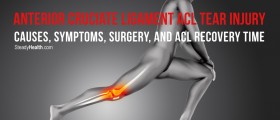
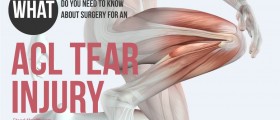




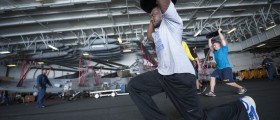




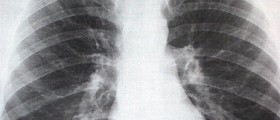

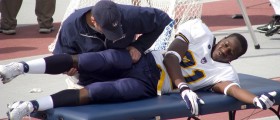
Your thoughts on this
Loading...